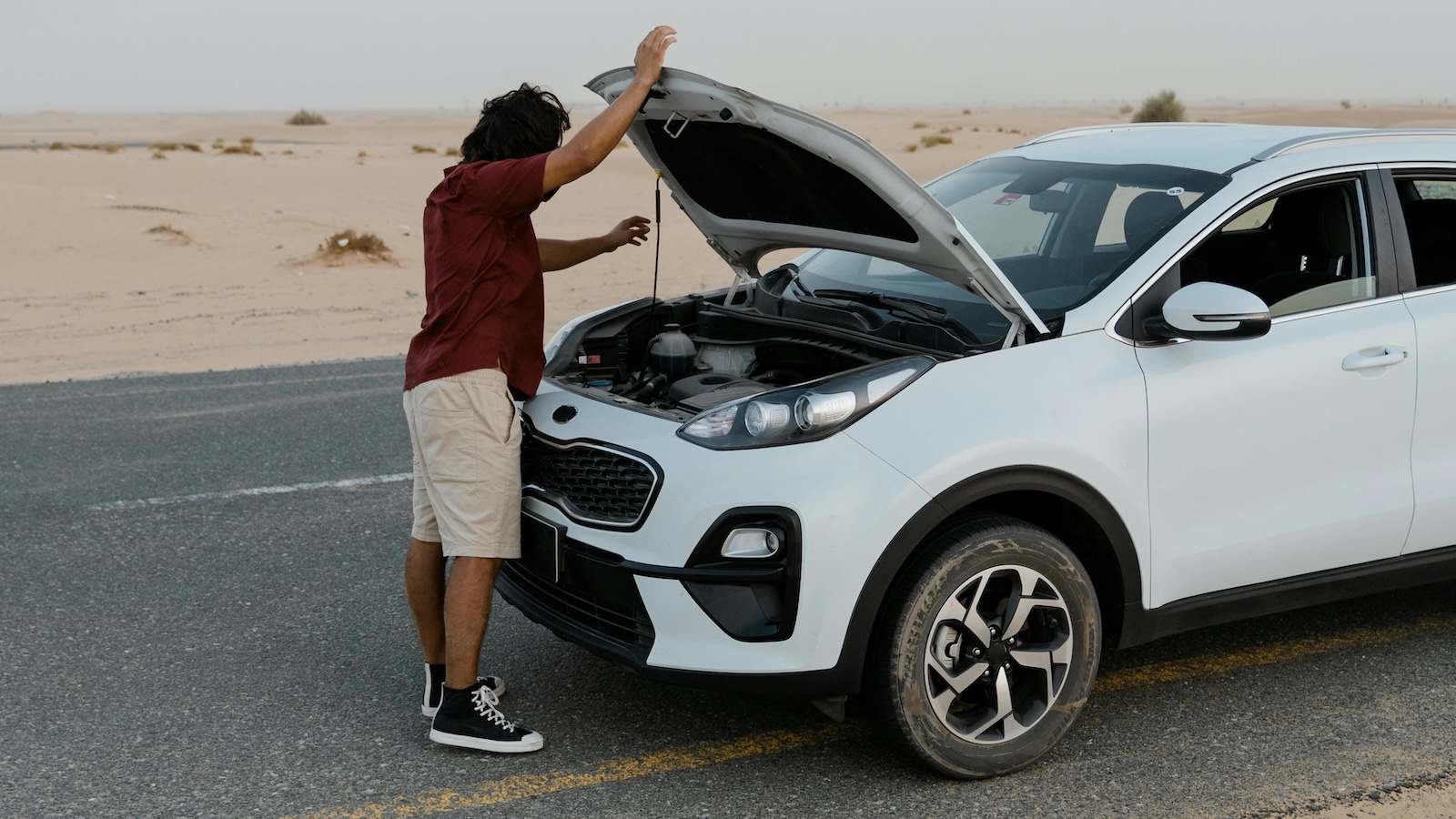Across the last five years, about 40 million used car transactions happened each year (source: Bureau of Transportation Statistics). For most make, model and year combinations, a reasonable and current estimate of the insurance value of a vehicle in operation could be produced from a vehicle identification number (VIN).
This is not your claim adjusters’ Total Loss Value worksheet. That would have mileage, condition, vehicle history, prior accidents and repairs, and like-for-like comparable vehicles in a local geography.
If you watch "Antiques Road Show" or even "Pawn Stars," you get the idea that everything has a value, that these can fluctuate and that the insurance value to replace something at market is a fungible concept, especially for things mass-produced – like a vehicle.
Before the government-imposed truth in labeling window sticker for vehicles emerged in the late 1950s, there was no ingredient label for what features were on a vehicle nor what a suggested retail price might be. As automotive retail strategies evolve, some manufacturers create many customer options while others produce more of a what-you-see-is-what-you-get menu.
Before the days of the internet began making a direct-to-consumer order sheet a reality, companies would create their own estimates of what people want, then mass up incentives to clear the lots of anything not selling well. Those practices vastly changed due to the mall front business model of Tesla and the necessities of COVID shopping coupled with supply chain handcuffing. A neo-epiphany was that you need way less inventory if you can build to order, and the order books were brimming with backlog.
See also: Auto Insurance in an Existential Crisis
The funny thing about the “have it your way” customer experience is that people don’t mind waiting a bit to get what they specifically prefer. The "car ordering" experience is completely different than the "car buying at a local lot" experience. The pressure on salespeople to clear the lot transfers directly to the shopper to “buy today what’s here” instead of buy when you are ready and “buy whatever you want,” where the value engineering of optional equipment and features can ruminate as shoppers sleep and as the showroom test what they can buy online.
This new behavior, coupled with supply chain and inventory constraints, may be a driving force behind recent year up-trimming and option-loading of vehicles entering operation as new inventory sales.
While the COVID-crazy used car market still swells in lingering value, new sales have witnessed trim up-drift from the traditional production mix of basic, centerline and “premium trims” (source: Cloud Theory, Horizon Platform) to see popular vehicles with high choice configurations delivering many more premium “as built” vehicles today than in the past.
What this means is that if an insurer uses the manufacturer retail suggested price (MSRP) for setting an insurance value, it runs a high risk that the base MSRP will be several to tens of thousands of dollars below the “as built” fully configured total MSRP. And that means the insurer is undervaluing that vehicle from the start.
It gets worse. An object that starts with a higher value generally stays higher-valued than the rest of the production mix. So, if you insure at the base MSRP and then use a declining value forecast, the higher total MSRP vehicles will float above that for a decade. It’s tough to sell insurance for a $65,000 vehicle while charging like it is a $48,000 vehicle.
While some may argue that at those cost levels any vehicle may only be short $100 a policy period, do remember that when mass produced that figure is multiplied by tens or hundreds of thousands of vehicles in any single model year. As model years accumulate, this undervaluation accumulates, as well. Then, as you factor in the general up-swelling of use vehicle values, a combo effect can kick in, where the accumulation promulgates into a new plateau of actual costs that are uncollected as exposure for the actual cash value of these subjects-at-risk.
See also: Setting Record Straight on Auto Claims Severity
The hangover effect of using an embedded but outdated and under-segmented vehicle valuation predictive model approach from years past is catching up with auto insurers.
Milestones have been passed: window stickers (1958), 17-digit VIN standardization (1981), auto insurance sold on the internet (1997) and ubiquitous sales information for vehicles transparently available for all the inventory on the internet (last 10 years). These created a new way of working with digital data. Perhaps leaving behind static predictions that underperform and using dynamic and continuous data with market savvy valuations is what auto insurance need to do personalized risk-based pricing right.
While there are a lot of reasons that help to explain why vehicle values went up, there are not a lot of good ideas of what will make them go down a lot anytime soon. Adopt and adapt new thinking for the value of the subject at risk for risk-based pricing in auto insurance.
Best practice in data and analytics -- Don’t predict what you can describe.








